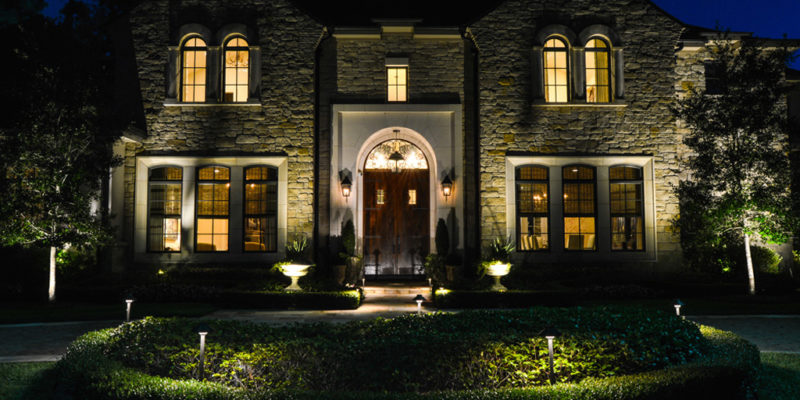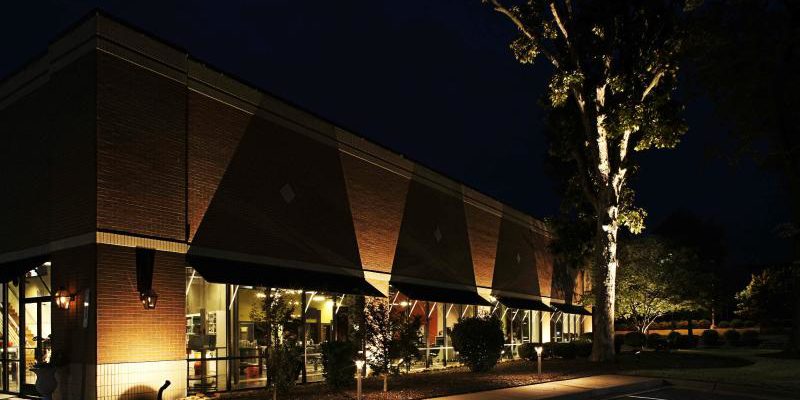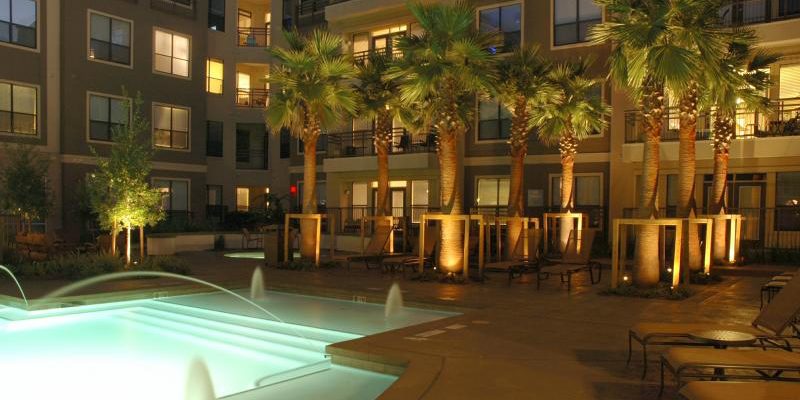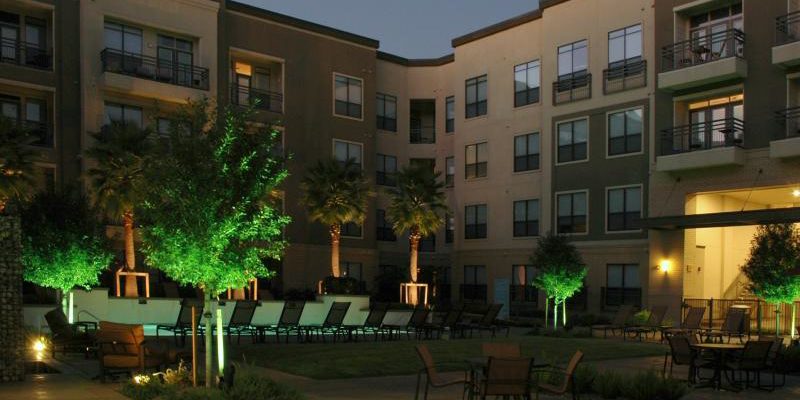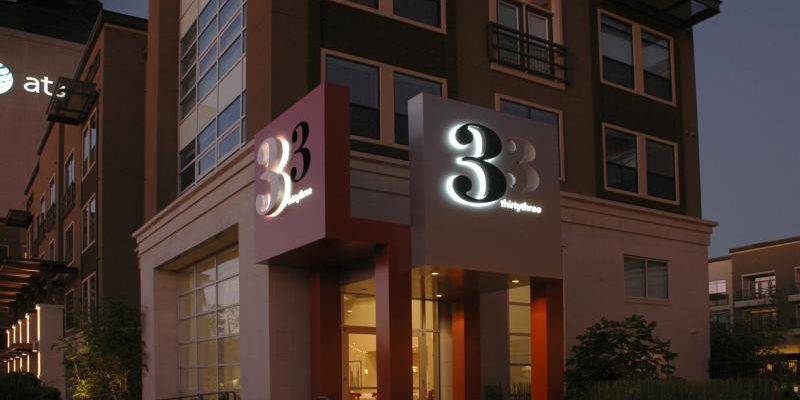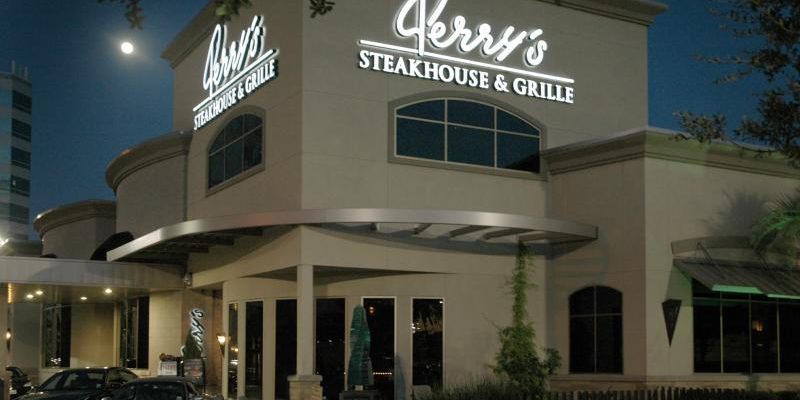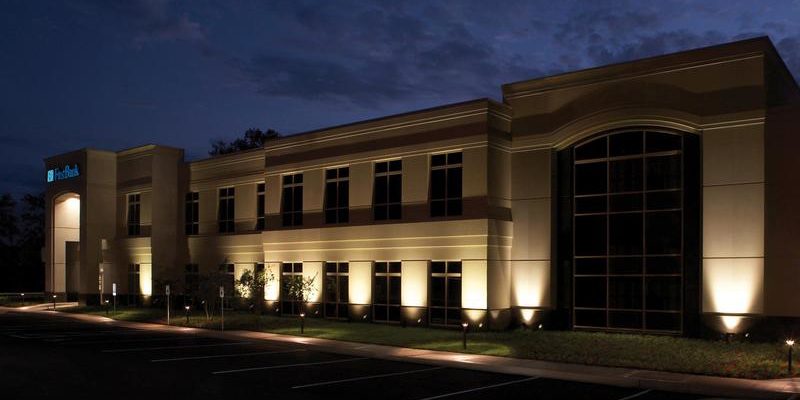10 Tips To Do Before Hiring A Houston Landscape Lighting Designer
When you think about the ideal landscape lighting for your outdoor spaces you might be imagining dramatic uplighting that showcases the most attractive features of your home. Or maybe you have thought about artistic moonlighting that creates dappled shadows across either your driveway or a patio.
Yet these are just ideas and your more challenging task still remains. This includes hiring a professional designer that is able to successfully create a landscape-lighting wonderland for your garden.
Installing a landscape-lighting system of the highest quality takes artistry, experience, and skill. You cannot afford to just use anybody for this type of job. This is the reason why it is so important that you know exactly what you should be looking for before you hire the right type of landscape-lighting contractor.
Here is a list of our 10 top tips that you can use to find the best landscape-lighting designer for your project!
1. Ask The Contractor About Their Qualifications & Experience
Experience is what turns someone that is good at something into an expert, and this is an important consideration when it comes to hiring landscape lighting designers. It is also important to make sure the designer has attended training in association with this specialization and that they are licensed.
2. Review Photos Of The Lighting Projects That This Company Has Already Worked On
Are the stunning photos that are promoted on their website actually their work? Qualified contractors will always have impressive galleries that showcase the work they have recently done.
3. Check On References
The skilled landscape lighting designers will happily provide you with references from satisfied clients that are able to recommend the company.
4. Make Sure That The Designer Is Prepared To Work With You
This project should be seen as a type of partnership. You should not get the feeling that it is their way or no way. An experienced designer will work with you to find out about your lifestyle and your ideas for the project. In this way, you can be sure that you will end up with the type of lighting system that you want.
5. Inquire Whether Lighting Is Their Only Focus
You are not looking for a jack-of-all-trades for a lighting project. You need an expert that is skilled and experienced when it comes to landscape lighting and someone that focuses on this line of work all the time. For example, if your car started giving you transmission problems, you would not take the car to your local tire shop.
6. Ask The Designer About The Quality Of The Materials That They Plan To Use
This is a very important consideration. The end result for your landscape-lighting system will only be of the best quality when quality parts have been used.
The designer should be using quality components that are crafted from copper and brass, and not low-quality composite, aluminum, or plastic.
As soon as the lighting system is in place, it is exposed to the elements. Water can seep into fixtures of low-quality, it can also result in rotting sockets or even cause the wires to corrode. Insects can also make a home in your fixtures when they are not sealed properly.
You also need to find out how the designer plans to connect the light fixtures to the wiring which will run to a power source. Pierce connectors and wire nut should not go underground, yet many of the systems for landscape lighting use these anyway. The pierce-point connections that run to a mainline can start to loosen and can corrode at the pierce points. This is why quality really matters.
7. Communication Is Essential
Is the designer prepared to keep you constantly in the loop throughout the duration of the project? Will they also tell you when they arrive as well as when they have completed the project? You also need to make sure they are prepared to follow up with you to ensure everything is working and that it meets up to your expectations.
8. Only Sign A Contract That Covers All The Details
The designer needs to include everything that he/she plans to do. This should include a payment schedule, deadlines, and the materials that will be used. If any changes are made to the landscape lighting schedule this needs to include a “change order” in writing that will also cover the new costs, materials, and work.
9. Ask The Designer About The Warranty That They Provide
The lighting system you have installed should have a guarantee that covers at least 2 to 5 years. Try and find a contractor that offers lifetime warranties that will cover the installation and fixtures.
10. Ensure That The Designer Is Available In The Future To Service Your Landscape Lighting System
You want the LED lighting system to still look great like it did 2 to 8 years down the line.
Design Outdoor Lighting That Is Able To Reflect Your Lifestyle
One thing that we really enjoy when it comes to this type of work is the relationships that we develop with our clients. We enjoy finding out about your opinions and thoughts, exchanging suggestions and ideas, and staying in contact with our customers throughout these processes.
We start each of our potential client relationships by asking “Why do you want landscape lighting?” We also ask you about what you would like to achieve from the project, about your current lifestyle, and how you utilize your outdoor areas. We listen very closely to what you have to say. Once we have an understanding of what a client wants, we are able to create a system according to what they need and want. Clients notice how we pay attention to all the details when we conduct a walkthrough of the property. We also make sketches and jot down detailed notes at these meetings.
Customized Landscape Lighting Design Services
The styles that we use for our designs for landscape lighting are unique like our clients are. With every new client, we help each new dream to turn into a reality. The overall goal for most clients is to ensure their properties appear dramatic and striking when the sun goes down.
The Advantages Of Landscape Lighting
Landscape lighting not only provides elegance and beauty but also assists with improving your overall security for your home. When areas around your home are well lit, it can help to deter criminals. LED landscape lighting can also significantly increase the overall value of your property in Austin or Houston, and make the home a lot more appealing if you ever decide to sell.
Robert Huff Landscape Illumination Is The Best Name In Houston Landscape Lighting
Robert Huff Landscape Illumination is backed by three decades of experience in landscape lighting in the area of Houston. Our company is a fully insured and licensed outdoor lighting business, based in Houston, TX. We also provide our outdoor lighting services in Austin, TX. Our friendly and professional team of commercial and outdoor residential lighting contractors work alongside you to guarantee custom lighting designs that are aesthetically pleasing, functional, and affordable. We consistently maintain high levels of responsibility and professional care on every project that we undertake. You can always expect superior quality services from start to finish, as we turn something ordinary and plain into something magnificent.
If you would like to discover more tips and tricks from Robert Huff Illuminations; visit our blog. Call or contact us today for more information!

